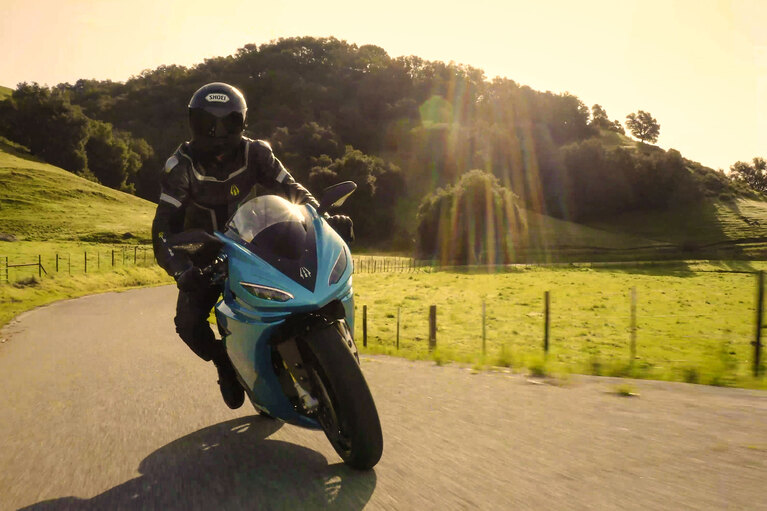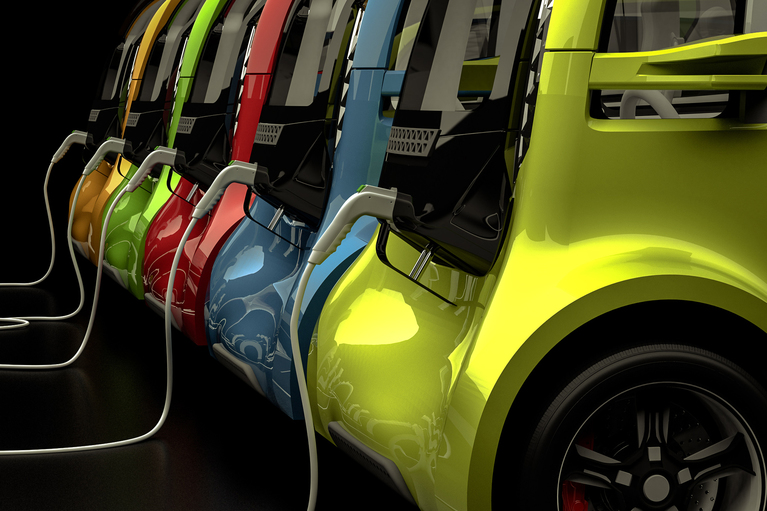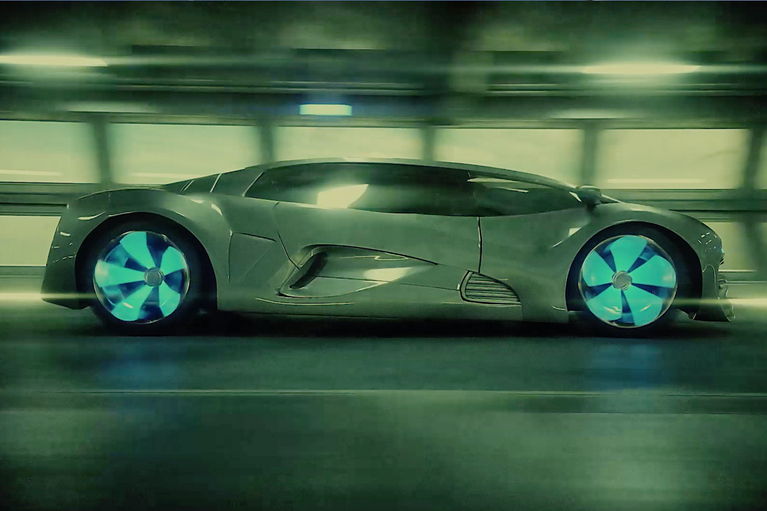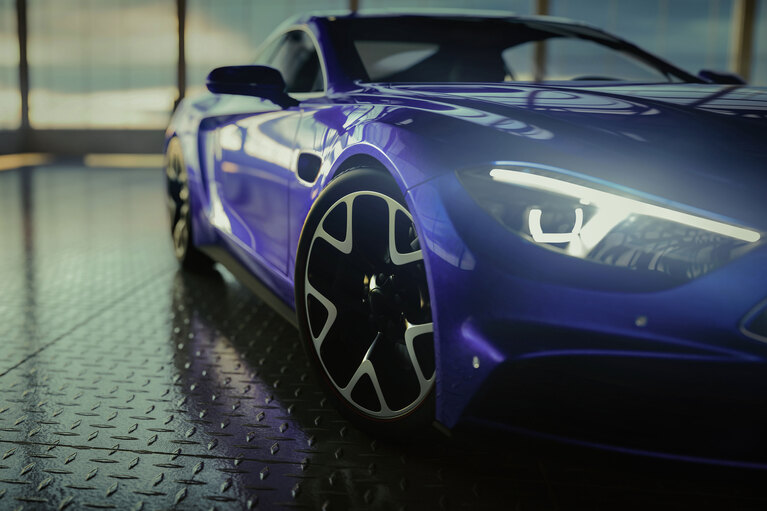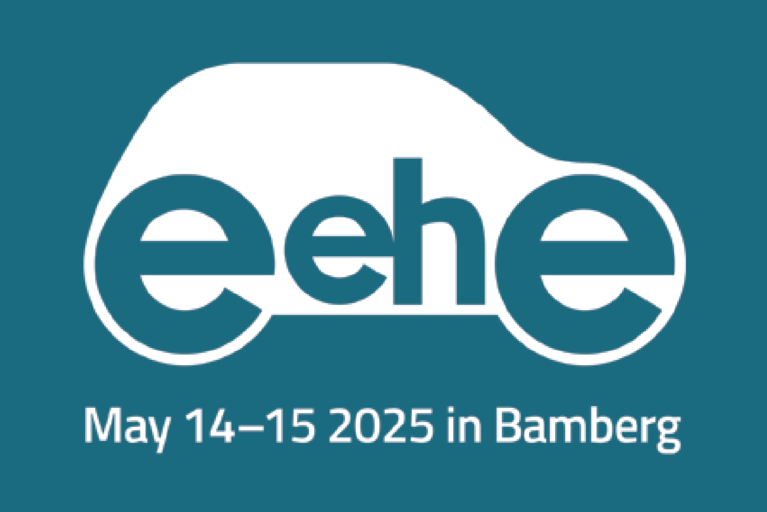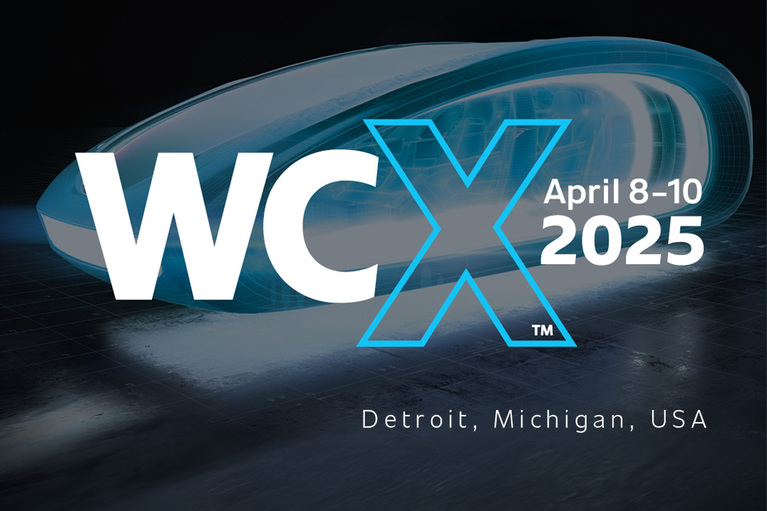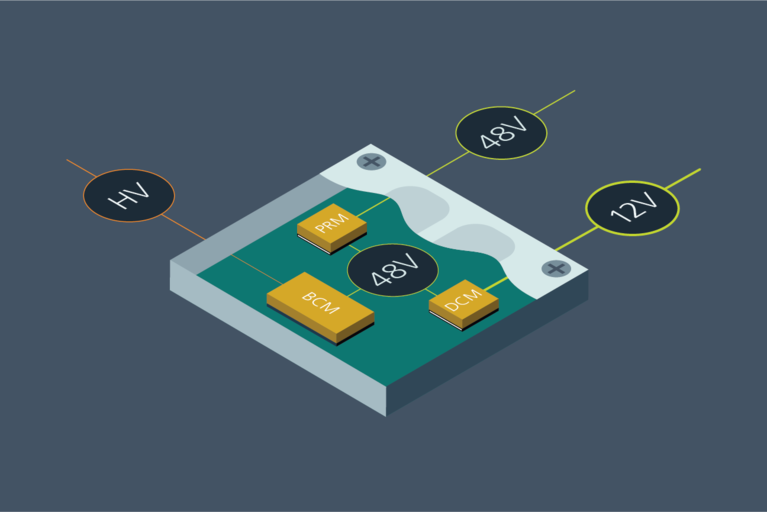Hybrid-Electric Vehicles and Battery-Electric Vehicles (HEV and BEV) are generally leaders when it comes to automotive accessories such as multiple on-board computers, infotainment systems and dozens of distributed control modules, as well as high intensity lighting, cameras, lane-awareness monitoring, etc. All of these consume power at 12V, along with other common electrical automotive loads like window defoggers and climate control blowers. Typical automotive alternators are commonly rated for 50 – 70A.
However, HEV & BEVs do not have a continuously running internal combustion engine and therefore they cannot use the familiar mechanically driven alternators to power these accessories and maintain their 12V standard vehicle battery. For the same reason, HEV & BEVs also lack the mechanically‑driven power‑steering pumps and air-conditioning compressors present on traditional cars. Even some seemingly simple systems like power brakes (powered off of ICE manifold vacuum) need a different solution in an HEV.
In an electric-vehicle scenario, most of these previously mechanically powered systems are now implemented as electrical consumers. Power steering is now a high-power electrically-actuated drive‑by‑wire system, air conditioning uses a brushless-DC or three-phase AC motor-driven compressor and even parking brakes use a motor to electrically actuate the calipers. These systems significantly increase the demand for safe-to-touch 12V power.
The DC-DC converter module (DCM)
Figure 1: DCM in a typical EV or HEV application using the PowerBench Whiteboard.
The DCM™ is an isolated, regulated DC-DC converter. The product line includes wide-range input offline (high-voltage) input families, as well as low-input-voltage families geared towards industrial or traditional vehicular applications. DCMs achieve very high-power density over a wide input voltage range. They support output voltage trimming, often over a 50% range, feature soft-start and a constant-current mode of operation in an overload scenario. Arrays of DCMs are simple to implement – their built-in load-line enables wireless arrays of up to eight modules, up to 4.8kW.
Requirements for auxiliary power modules (APMs)
Electric vehicles use an Auxiliary Power Module (APM) as a replacement for the alternator. The APM converts the high voltage from the main traction battery down to a regulated low-voltage bus for the 12V nominal system, while maintaining electrical isolation between the two. Regulation is needed to limit charging current to the 12V accessory battery, as well as to provide temperature-compensated maintenance of the battery’s state of charge. Isolation is required because although the 12V system and vehicle chassis can be touched by vehicle occupants, they must remain insulated from shock hazards presented by the high-voltage traction battery system.
For a passenger vehicle, an APM sized at 1.8kW or 130A at 13.8V is not uncommon. For more basic vehicle platforms such as short-range commuter vehicles or electric motorcycles, the APM is lower power.
DCMs are optimized for APM applications
The DCM290P138T600A40 is an example of a DCM optimized for an APM application. Its output trim range is narrowed to what is needed to maintain a standard lead acid battery, which allows the density to be optimized for 600W in a 48 x 23 x 7.5mm ChiP™ package.
An APM implemented with the Vicor DCM technology enjoys several benefits. The DCM’s superior power density means that less interior space is needed to fit the same APM solution. Less volume is needed within the AOM for PCBAs, mechanical support systems and more volume can be devoted to higher-performance or lower-cost thermo-mechanical solutions and connectors.
The DCM constant-current operation mode means that it will not shut down when the 12V system is exposed to a peak loading condition. Instead the APM will gracefully enter a constant-current operation mode, permitting the 12V standard battery to stabilize the bus voltage. This is not considered a fault condition and the DCMs will permit current limited operation indefinitely while they are provided
sufficient cooling.
Another benefit is that the power levels of DCM modules create a granularity which is well sized for HEV/BEV DC-DC converter applications. An existing electrical design of two DCMs can be very simply expanded to 2x or 4x the power level simply by adding more modules to the system. There are no external loops to recompensate, no sharing equations to rework and no external shunts to resize. The
same APM technology can be reused across multiple vehicle platforms while maintaining optimal size, weight and power.
